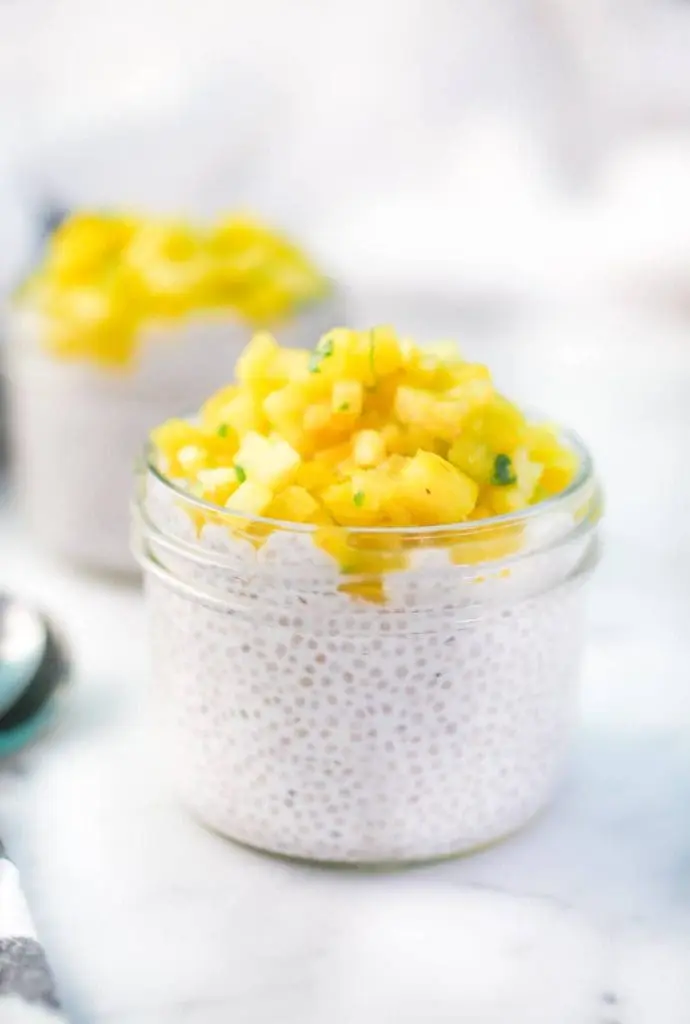People often take the first month of the New Year to swear off sweets as part of their New Year’s resolutions. But it’s never easy to stick to such a resolution—quitting sugar cold turkey isn’t so much a resolution as a lifestyle change. Going sugar-free can be frustrating, and the moment that it becomes a stress instead of a challenge, is the moment you’ve lost half the battle. So unless you’re deeply committed, you’ll be like most of the rest of us: struggling through the first three weeks of January and then deciding that resolutions aren’t really your thing after all. But there’s an easier way to help your family eat healthier than by swearing off sugar altogether. Here are four ways to successfully eat less sweets without missing them.
Benefits Of Eating Less Sugar
There are lots of health benefits of reducing our sugar intake. When we cut out foods with added sugars, we can begin to have less sugar in our diet. Healthline has an article that goes into depth on the benefits of cutting out sugar, but here are just a few:
- Aids in weight management
- Improves oral health
- Reduces risk of liver disease
- May reduce acne and improve skin health
- Helps heart health
4 Ways To Eat Less Sweets Successfully
Substitute Sweet for Sweet
Not all dessert is created equal. Make a conscious choice to give your body what it’s craving, but in a different dressing than it might have expected. Avoid the processed fats and sugars; make desserts from scratch instead of boxed mixes so that you can monitor how much sugar and oil goes into that batch of brownies (and consequently, into the bodies of your children and spouse!). Experiment with healthier sugar options– like stevia, monk fruit sweetener, or maple syrup.
Natural sugars like those that are found in fruit juice are a better choice than processed refined sugary drinks like sodas. In fact, as SouthCoastToday points out, “A 12-ounce can of soda pop has about 150 calories, or the equivalent of 9.5 teaspoons of sugar.” Woah. That is a lot! Also beware of artificial sweeteners as the Mayo Clinic says that, “Some research on long-term, daily use of artificial sweeteners suggests a link to a higher risk of stroke, heart disease and death overall.” Start checking ingredient list and nutrition labels. Stay away from high fructose corn syrup!
Substitute all of your favorite or traditional desserts for similar recipes that are lower in sugars, fats, and calories. Instead of a pint of Ben and Jerry’s, make a fresh fruit smoothie with a spoonful of peanut butter or a green smoothie for a few added nutrients. Eat 100% fruit frozen popsicles instead of ice cream sandwiches, low-fat chocolate mousse made from baking chocolate and coconut milk instead of chocolate cake, and berries with whipped cream instead of cheesecake. Soon enough, your bodies will adapt to the changes and none of your children will even be able to remember (or even like) the excess amounts of sugar they used to eat.

Eat Slowly
This is an age-old trick to curb overeating in any situation, but it applies to desserts as well. Shoveling away an entire slice of pie in under a minute will only leave you wanting more, and you’ll be much more likely to help yourself to a second piece before your body has even registered that it’s reached its sugar-satisfaction content.
Teach your children to take small bites instead, and savor the flavor before they swallow. If your bodies are given time to process what you’re feeding them, you won’t have more than a few bites (especially if the dessert is particularly rich) before your tongues will start to feel coated with sugar and your stomachs will inform you that they’ve had enough. As a culture, we’ve trained ourselves to be able to consume copious amounts of sugar, but our bodies weren’t made to eat that way—they’re more than happy with just a few bites, despite what our cravings might tell us.
Rewards System
Positive reinforcement is always more successful than punishment. So instead of eating a big slice of chocolate cake and then heading straight to the gym to “burn off” the offending calories, start your mornings with the gym. Establish a habit of exercising regularly, and then when you indulge in a dessert on Friday night you can call it a “reward” for taking good care of your body for the rest of the week.
This can’t be a daily occurrence, of course. Sending the kids outside to run around for a half hour every afternoon can’t justify them having a bowl of ice cream every night—there would definitely be consequences (a few extra pounds around the middle and unwelcome trips to a Hamilton dentist among them)! But allowing a dessert once a week if you reach your exercise goals, eat the suggested servings of vegetables all week, or eliminate unhealthy fats and processed sugars for a predetermined period of time can be a good way to positively reinforce healthy choices.
Train Your Taste Buds
In many countries in Europe, dessert is a simple affair—in meals consisting of several courses, it’s often just a platter of fruit with a light wine. After a rich or heavy meal, eating a few strawberries, a bowl of mango, a few slices of fresh pineapple, or other sweet fruit is just enough to be satisfying without being overpowering. Eating less sugar and more whole foods will help reduce your sugar cravings.
So try training your family’s taste buds to recognize fruit as sweet enough. You don’t need heavy desserts full of processed sugars and syrups when you have natural, healthy sugar that can placate your sweet tooth just as easily. It’s only a matter of teaching your bodies that it doesn’t need traditional American junk food to be happy.

Mareya Ibrahim, Author of Eat Like You Give a Fork: The Real Dish on Eating to Thrive, shares the following advice, “Taste buds, being one of the strongest groups of muscles in your body, need to be conditioned, tested and strengthened so that they can take on a broad spectrum of flavors.”
She suggests drinking her Real Vitality Tonic once a day for eight days.
INGREDIENTS: 1 cup hot water, 1 tablespoon raw unfiltered apple cider vinegar, 1 teaspoon fresh lemon juice, 1⁄4 teaspoon ground ginger, and 1 cinnamon stick
DIRECTIONS: Combine all the ingredients in a mug with 1 cup hot water and let steep for a few minutes. Sip after your first meal each day. Feel free to have a second cup later in the day, if you like, and save that cinnamon stick!
Conclusion
I hope you find these simple ways to reduce sugar consumption helpful. Desserts are not a sin, and giving up sugar cold turkey can backfire dangerously and cause you to go on a sweet-eating binge. But cutting back on the desserts in the right way can allow you to indulge yourself at the appropriate times… without suffering all of the consequences of a sugar overload. Which tips do you think you will put into practice to help you eat less sweets?
Remember, you don’t have to give up sugar altogether. Just make better choices. Something that works well for me is one square of dark chocolate to satisfy the sweet urge but still be a pretty healthy choice. Instead of going straight for the chocolate fudge brownie, whip up a healthy chia pudding. Healthy alternatives are a great way to retrain your taste buds.
Related Posts:
Organic Caffeine Free Coffee Substitute: Ayurvedic Roast Review


teetiv says
Find healthier substitutes: There are plenty of natural and healthy substitutes for sugar that can satisfy your sweet tooth without the adverse effects of processed sugar. For example, try using natural sweeteners like honey, maple syrup, or stevia instead of sugar.
Focus on whole foods: Processed foods and sugary drinks are often high in sugar and should be avoided. Instead, focus on nutritious foods like fruits, vegetables, whole grains, and lean proteins.
Balakrishna says
Great information. Thank you for sharing this information.
Boya says
A handful of useful tips – that’s what I was looking for and finally found! Thanks!
sumit says
The way you explain a complex topic in an easy-to-understand way is really impressive.